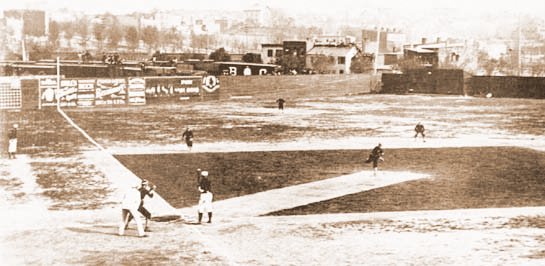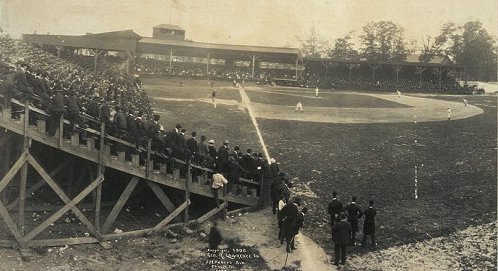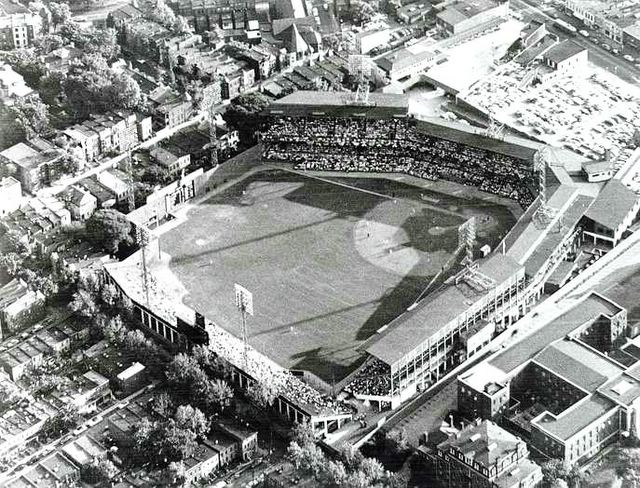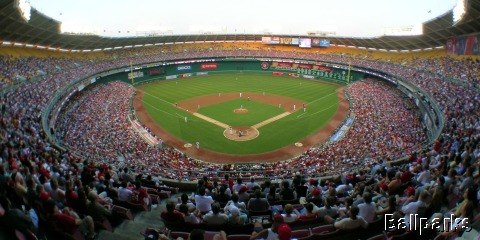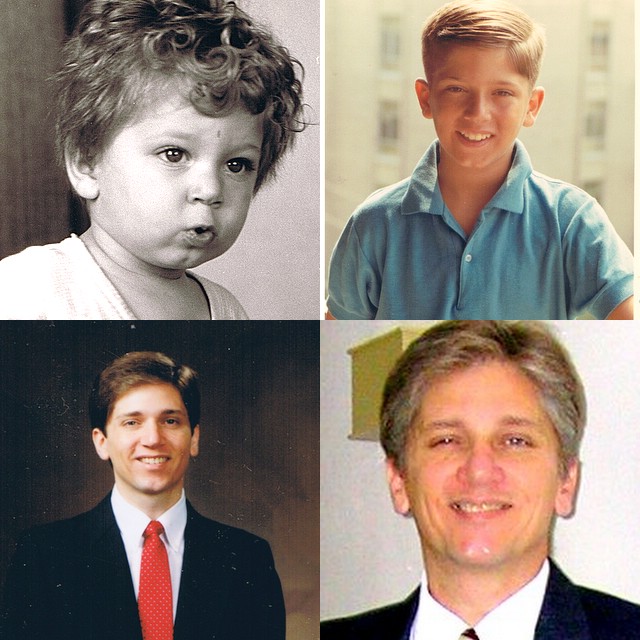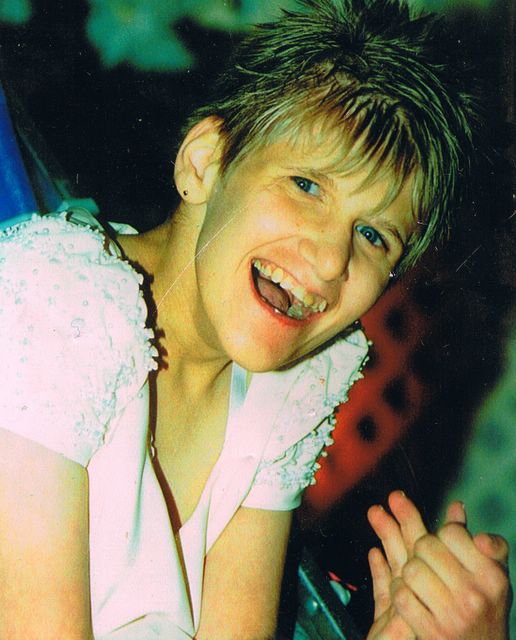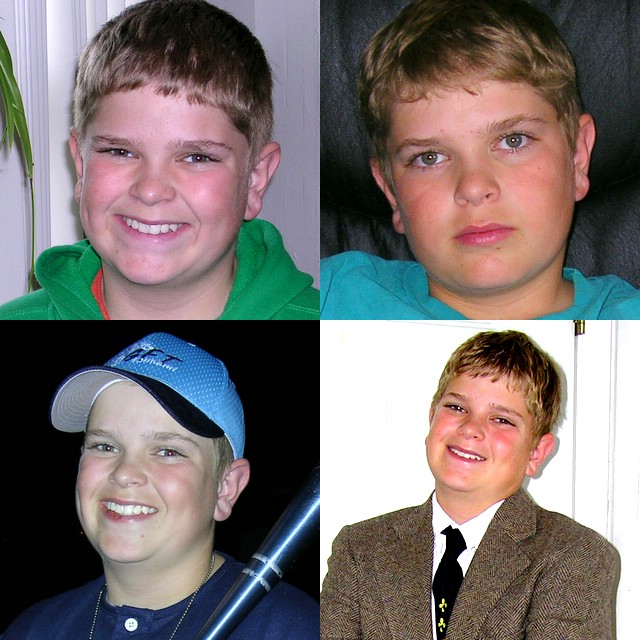New Stadium Will Segregate District's Haves, Have Nots

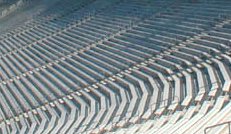 The overall look of the stadium is not a big deal either. While not "retro," it is nonetheless evocative of baseball's storied past. So many teams have gone out of their way not to build a "cookie cutter" stadium that they themselves have created a newer [albeit nicer] cookie-cutter version, the retro look. But that's not the problem either. The problem is that in baseball, the stadium is a symbol of not only the team, but of the community it represents. And from we've heard so far, the Nationals' new park will reflect it's city. Sadly, it is reflecting all that is bad in our community.
The overall look of the stadium is not a big deal either. While not "retro," it is nonetheless evocative of baseball's storied past. So many teams have gone out of their way not to build a "cookie cutter" stadium that they themselves have created a newer [albeit nicer] cookie-cutter version, the retro look. But that's not the problem either. The problem is that in baseball, the stadium is a symbol of not only the team, but of the community it represents. And from we've heard so far, the Nationals' new park will reflect it's city. Sadly, it is reflecting all that is bad in our community.
RFK Stadium's clean lines and symmetrical design offered a sense of commonality between the fans. The father with his two kids who sat behind the first base dugout seemed no more important or wealthy than the mom with her sister who sat halfway up in the outfield upper deck. It seemed to be a more a matter of personal preference rather than asset distribution. The service, the bathrooms, the seat size and design were virtually the same. Inside the circular community of RFK, for at least that afternoon, all of Washington was the same.
Don't look for any of that "cum-bay-ya" stuff at the new stadium.
The "upper deckers" will have smaller seats, narrower walkways, warm water fountains, deeper angles, less creature comforts and far poorer sight-lines.
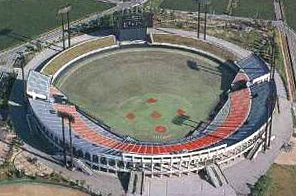 The folks on ground level will have available to them pretty much everything and anything that money can buy. Just like the city that will surround it, the new stadium, by way of an arbitrary dividing line, will separate the rich from the poor, the haves from the have nots. People will not be segregated by the color of their skin, but by the thickness of their wallet. Baseball equals society.
The folks on ground level will have available to them pretty much everything and anything that money can buy. Just like the city that will surround it, the new stadium, by way of an arbitrary dividing line, will separate the rich from the poor, the haves from the have nots. People will not be segregated by the color of their skin, but by the thickness of their wallet. Baseball equals society.
Not in Japan.
I spent several years in Japan while serving in the United States Air Force. Baseball is exponentially more popular there than it is here in America. The stands are always full. The games are always on television. Sure, things are a bit different. The stadium announcer is almost always a women. Raman soup and chopsticks are the Japanese version of a "dog and a beer." Games can end in a tie. But all in all, it's still baseball.
Baseball stadiums in Japan are very common, almost plain. Eshewing sky boxes, luxury suites, "Founders Clubs" and corporate luxury in general, their parks are simple and uniform. The seats, from highest row to lowest level are roughly the same size, shape and carry similar status among the fans. The president of Toyo Corporation might be found sitting next to one of his workers. Baseball in Japan, like it was in America, brings all levels of culture and society together. Sure, some of the newest stadiums have begun to take on the look and feel of our parks, but the bowl, the seating arrangements, those things and divide American fans unify the Japanese.
 It looks like Washington has joined the baseball world of the 21st century. The Nationals are going to grab the teats of the fan and squeeze until the money no longer pours. Although the real fan base of a major league baseball team is that "average guy" or gal who works for someone who works for someone who works for the boss, baseball, because of its high payroll cost, has to find a profit center whenever it presents itself. This kowtowing to the rich keeps pushing the average fan farther and farther away from the field, deeper and deeper, up into the shadows of the upper deck where only pigeons once roosted. And that, my fellow Nationals' fans, is very sad.
It looks like Washington has joined the baseball world of the 21st century. The Nationals are going to grab the teats of the fan and squeeze until the money no longer pours. Although the real fan base of a major league baseball team is that "average guy" or gal who works for someone who works for someone who works for the boss, baseball, because of its high payroll cost, has to find a profit center whenever it presents itself. This kowtowing to the rich keeps pushing the average fan farther and farther away from the field, deeper and deeper, up into the shadows of the upper deck where only pigeons once roosted. And that, my fellow Nationals' fans, is very sad.
Luckily, pay-toilets have been outlawed in the district for quite some time.








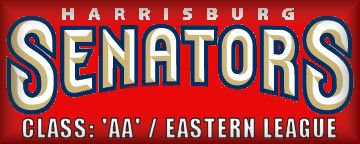
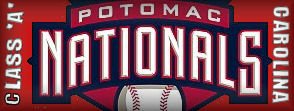

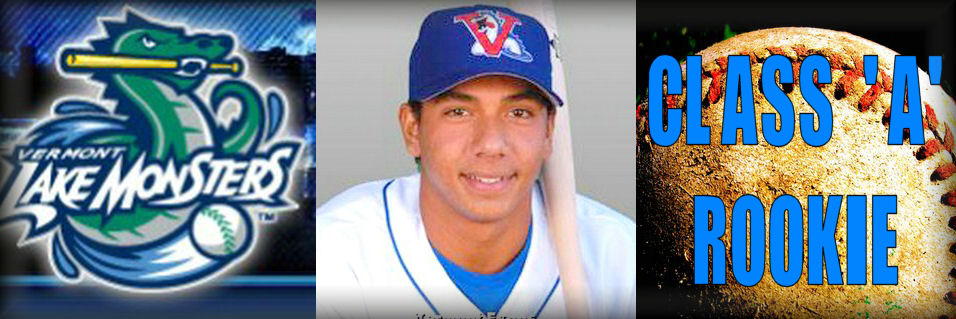











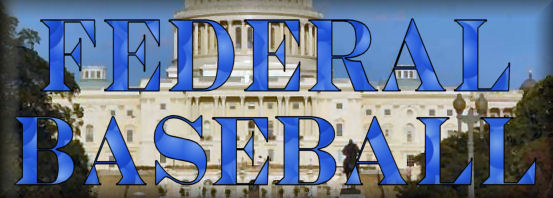



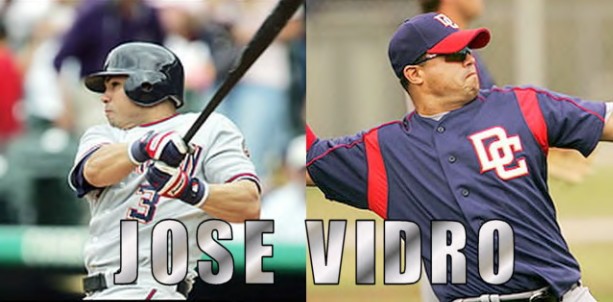




















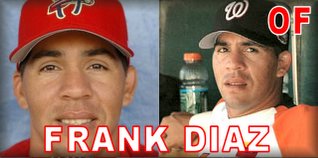


 3) 1926 (road) --- 4) 1936-'37, 1948-'51
3) 1926 (road) --- 4) 1936-'37, 1948-'51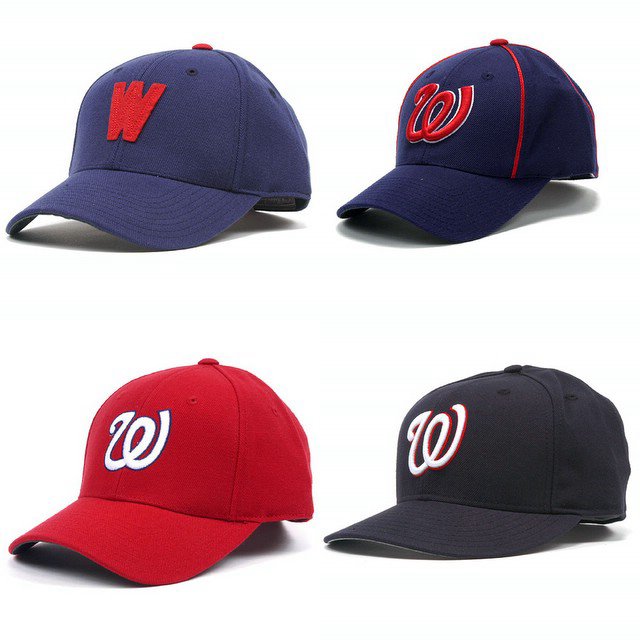 3) 1968 - '71, and 2005 (home) --- 4) 2005 (road)
3) 1968 - '71, and 2005 (home) --- 4) 2005 (road) Buddy Meyer --- Walter Johnson
Buddy Meyer --- Walter Johnson Ed Yost --- Muddy Ruel
Ed Yost --- Muddy Ruel Roger Peckinpaugh --- Joe Cronin
Roger Peckinpaugh --- Joe Cronin Del Unser --- Darold Knowles
Del Unser --- Darold Knowles Ed Stroud - Mike Epstein
Ed Stroud - Mike Epstein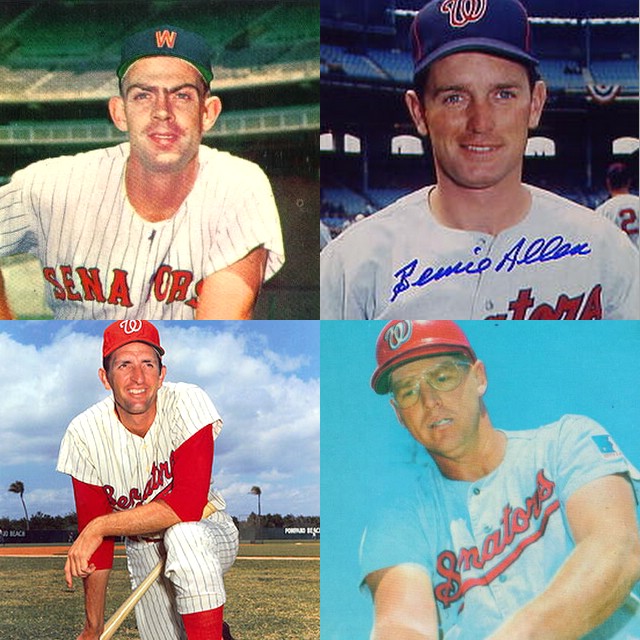 3)1968 -- 4)1969 - 1971
3)1968 -- 4)1969 - 1971